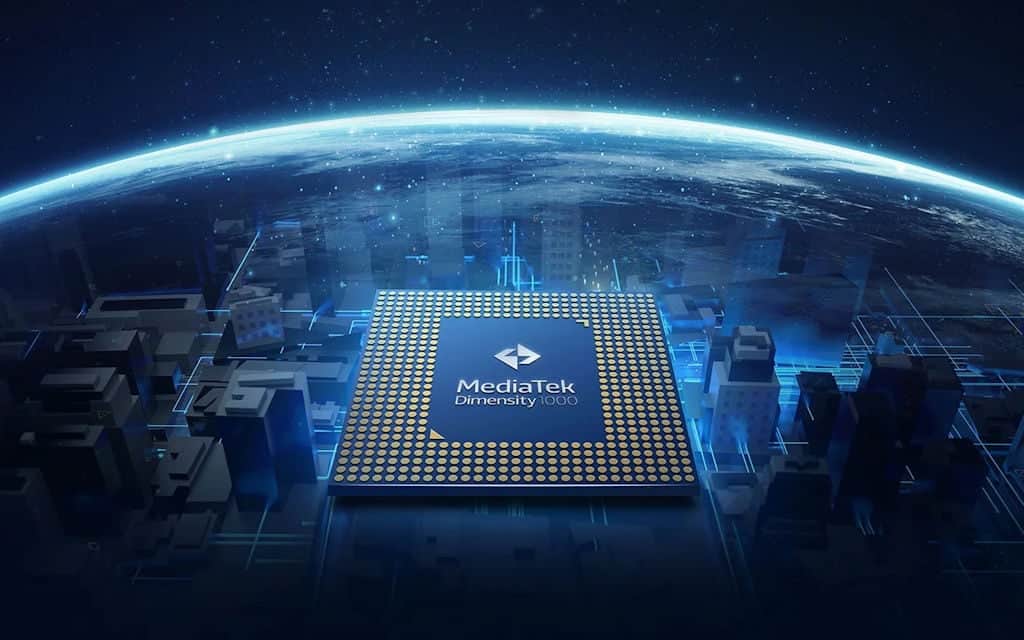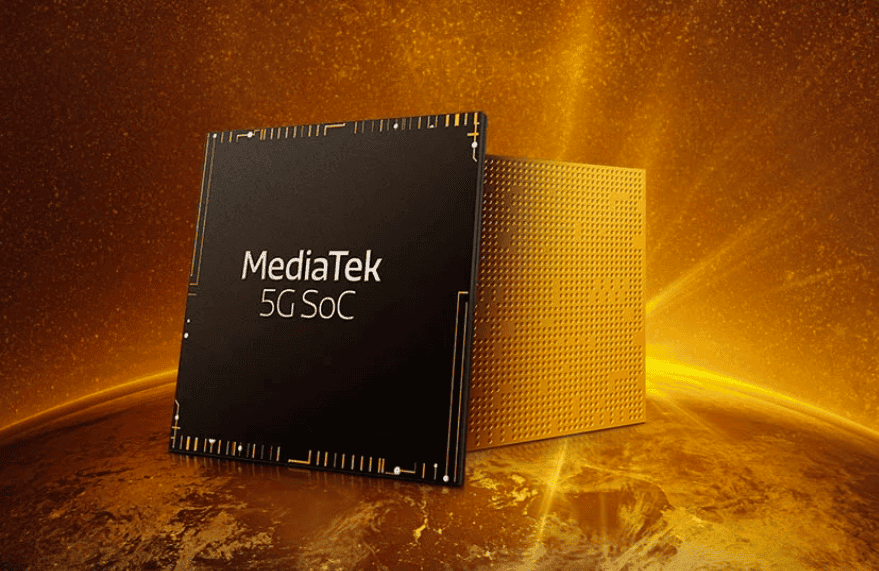Taiwanese chip maker, MediaTek has released its financial report for April 2020. According to the company, it posted a revenue of approximately $688 million, down 4.67% year-on-year. Furthermore, this record is also a 10% decrease relative to March 2020. From January to April this year, MediaTek’s revenue exceeds $2.7 billion, up 9.60% year-on-year.

However, the company said that the financial data is internal and has not been ratified by an accountant. MediaTek is a fabless semiconductor company focused on wireless communications, digital multimedia, and other technological advancements. It provides chip integrated system solutions for wireless communications, high-definition digital television, optical storage, DVD, and Blu-ray products.
MediaTek’s Dimensity 1000 and 800 series 5G chips are competing in the market
Recently, MediaTek released the technology-enhanced version of the Dimensity 1000 series – Dimensity 1000 + 5G chip. According to MediaTek, the 5G chip Dimensity 1000+ is based on the performance of high performing flagship chips in the 5G era. According to the company, this chip meets the demand for a high-end experience.
As per the highlights of the Dimensity 1000+, it uses a 5G UltraSave power-saving technology. Power saving is very important because 5G consumes more power. Thus, most 5G research is now geared towards reducing power consumption. This chip also supports the industry’s highest 144Hz screen refresh rate, MediaTek HyperEngine 2.0 game optimization engine, and more.
MediaTek Dimensity 800
Mediatek also has a lower Dimensity 800 5G SoC. This chip integrates 5G modem which the company claims “brings flagship-level functions, energy efficiency and allows a high-end 5G phone experience”.
The Dimensity 800 uses TSMC’s 7nm process, supports 5G Sub-6GHz frequency bands, SA / NSA dual-module network, 2G – 5G “four generation” cellular connection, dynamic spectrum sharing (DSS) technology and VoNR voice service. It is also worth mentioning that Dimensity 800 supports 5G dual-carrier aggregation (2CC CA). So, compared to other solutions that only support single carrier (1CC without CA), coverage of the 5G network gets improved by 30% by enabling multiple connections; while also bringing seamless switching and higher average throughput.
As we already know, the Dimensity 1000 integrates four Cortex A77 and four A55 CPU cores; with a top frequency of 2.6GHz and 2.0GHz, respectively. However, the Dimensity 800 is a combination of four A76 and four A55 cores, with the highest frequency being 2.0GHz. Just like the Dimensity 1000, the 800 series also features an independent AI processor APU 3.0 with a four-core architecture. This consists of three different types of cores: large cores, small cores, and micro cores. The setup allows for an AI performance of up to 2.4TOPS (2.4 trillion calculations per second). For those who aren’t aware, these numbers matter when we use AI software such as the one found in the camera apps. Since we’re talking about the camera, its good to know the Dimensity 800 supports up to four cameras. However, the maximum single sensor resolution is 64MP.





